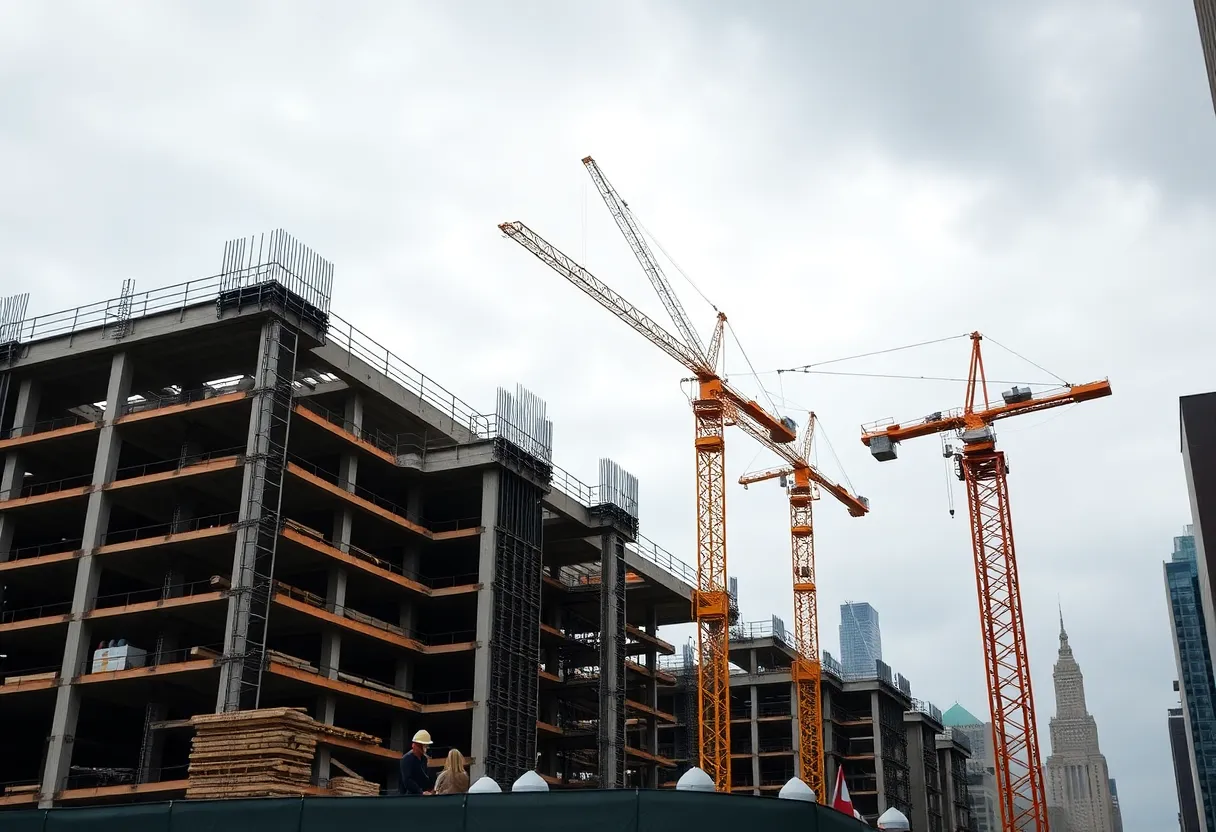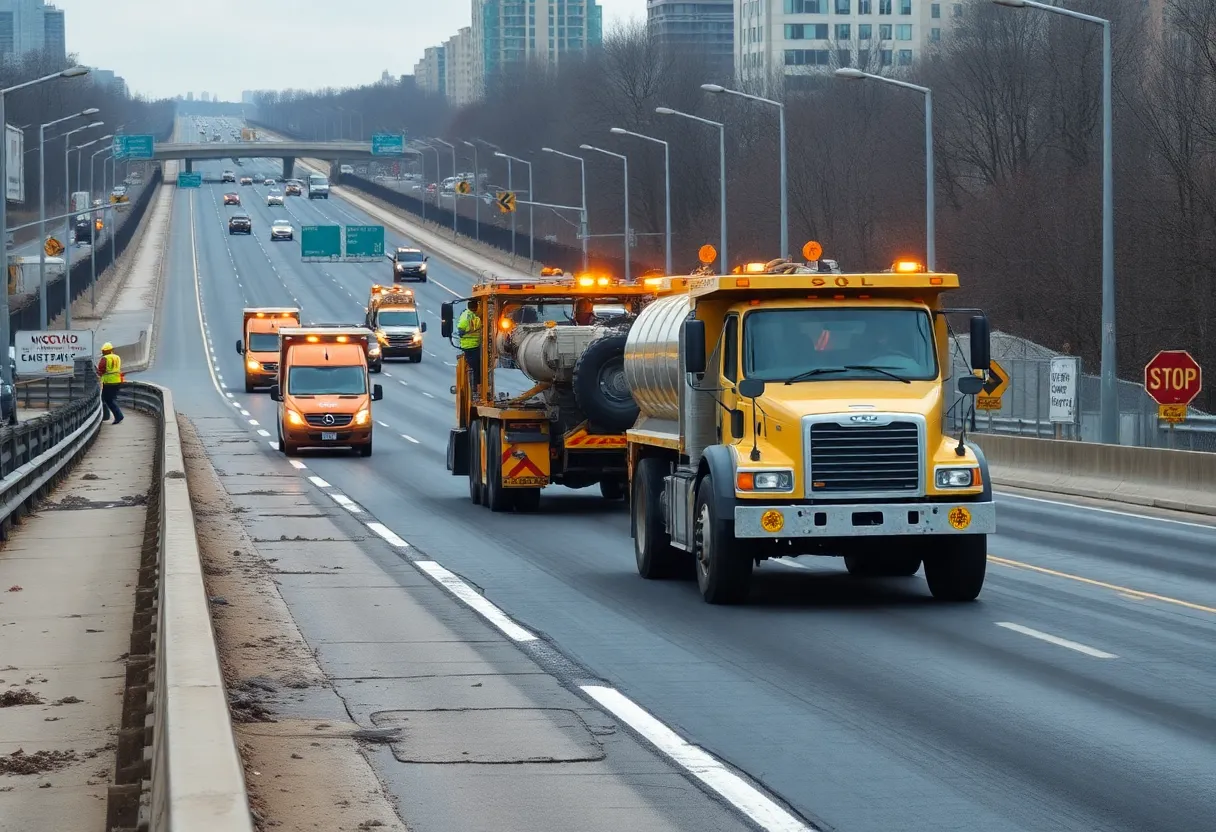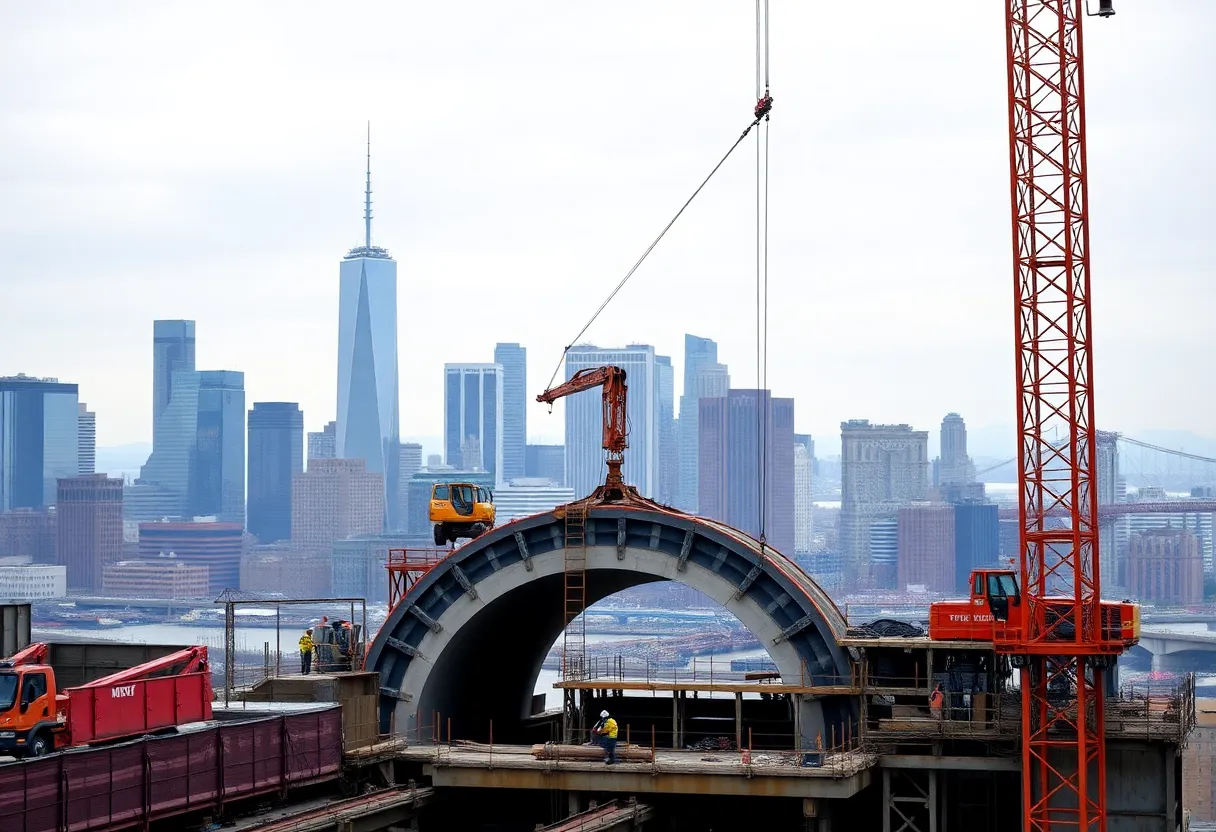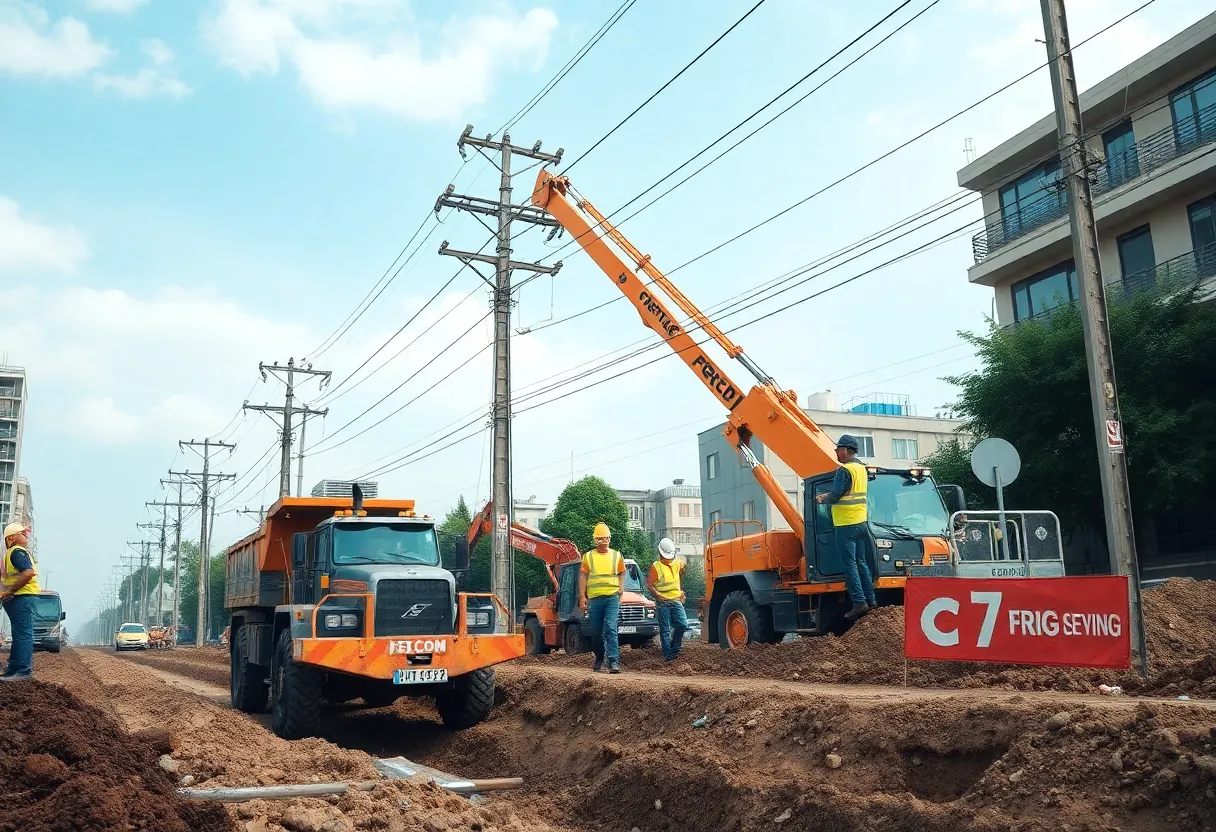News Summary
The construction industry in Chicago is experiencing a significant crisis due to rising tariffs and material costs, reshaping the environment for developers and contractors. With increased costs threatening housing affordability, many builders are scaling back projects. Tariffs on essential materials like steel and aluminum are driving up construction expenses, leading to reduced housing availability, particularly for low-income families. Experts warn that without intervention, the construction landscape may continue to worsen, affecting the accessibility of new homes for potential buyers across the nation.
Chicago Construction Industry Faces Financial Strain
The construction industry in Chicago and beyond is bracing for a significant financial impact due to rising tariffs and escalating material costs. As the market adjusts, many middle-market contractors are seeking ways to navigate these new economic challenges. Despite the uncertainty, access to capital remains available for those who are partnering with knowledgeable lenders.
Rising Costs of Building Materials
With tariffs imposed by the current administration, the anticipated rise in the cost of building new homes is alarming. According to the National Association of Home Builders, approximately one-third of lumber used in the U.S. is imported, with about 70% coming from Canada. This heavy reliance on foreign lumber has made builders particularly vulnerable to tariffs, which are projected to increase the costs associated with various construction materials.
The consequences of these recent tariff increases are particularly concerning for homebuyers, as increasing material costs are likely to exacerbate already rising home prices. As a result, many are worried about how these changes will affect the housing affordability crisis that is impacting many communities throughout the nation.
Concrete Impact on Contractors and Developers
In Southern California, lumber suppliers have started to notice a decreased demand for new homes directly correlated to inflation and rising interest rates. For instance, some industry experts suggest that prolonged tariffs on lumber could add between $10,000 to $15,000 to new home framing costs, which many developers ultimately pass onto consumers.
The mounting economic uncertainty has also led several developers to reevaluate their projects. In a notable case, a Chicago developer reduced the size of a planned mixed-use project from 210 units to just 46 due to concerns related to tariffs and economic fluctuations.
Future of Housing Affordability
Industry stakeholders are expressing concern that tariffs could lead to a more pronounced shortfall in affordable housing across the United States. As developers reconsider investments and deal with escalating costs, low-income communities may find themselves at an increasing disadvantage.
The tariffs, which include a 25% increase on steel and aluminum imports, are expected to have wide-ranging effects on both residential and commercial construction projects. With rents on the rise as a likely outcome, the impact on housing affordability is foremost in discussions among industry experts.
Economic Implications and Interest Rates
Beyond the immediate effects on material costs, the economic environment surrounding these tariffs has complicated financial planning for contractors. Higher interest rates are making mortgages less accessible, further straining affordability for potential home buyers. As lenders tighten their underwriting practices due to economic instability, contractors may hesitate to secure financing, which can halt important development projects.
While some jobs in domestic sand and cement may be preserved, the overall cost structure of construction will likely rise. This contradiction of maintaining local jobs while also facing spiraling material costs underlines the complexity of policy implications at play.
Conclusion
The ripple effects of rising tariffs are likely to create a daunting landscape for the Chicago construction industry. As many developers grapple with uncertainty, the question remains as to how these challenges will reshape the future of housing and accessibility. Given that many industry players are reevaluating their investment strategies amidst the continuous flux of tariffs, future developments hold an air of unpredictability that could redefine the construction sector for years to come.
Deeper Dive: News & Info About This Topic
Additional Resources
- Crain’s Chicago Business: Contractors Can Stay Resilient Amid Tariffs and Rising Costs
- ABC7 Chicago: Experts Say Tariffs Expected To Have Big Impact on Cost of New Home Construction
- Newsweek: Chicago Development Shrinks Under Trump Tariffs
- Chicago Agent Magazine: What Tariffs Mean for Homebuilding Economy
- Google Search: Impact of Tariffs on Housing Market
Author: Construction NY News
The NEW YORK STAFF WRITER represents the experienced team at constructionnynews.com, your go-to source for actionable local news and information in New York and beyond. Specializing in "news you can use," we cover essential topics like product reviews for personal and business needs, local business directories, politics, real estate trends, neighborhood insights, and state news affecting the area—with deep expertise drawn from years of dedicated reporting and strong community input, including local press releases and business updates. We deliver top reporting on high-value events such as the New York Build Expo, infrastructure breakthroughs, and cutting-edge construction technology showcases. Our coverage extends to key organizations like the Associated General Contractors of New York State and the Building Trades Employers' Association, plus leading businesses in construction and real estate that power the local economy such as Turner Construction Company and CMiC Global. As part of the broader network, including constructioncanews.com, constructiontxnews.com, and constructionflnews.com, we provide comprehensive, credible insights into the dynamic construction landscape across multiple states.





